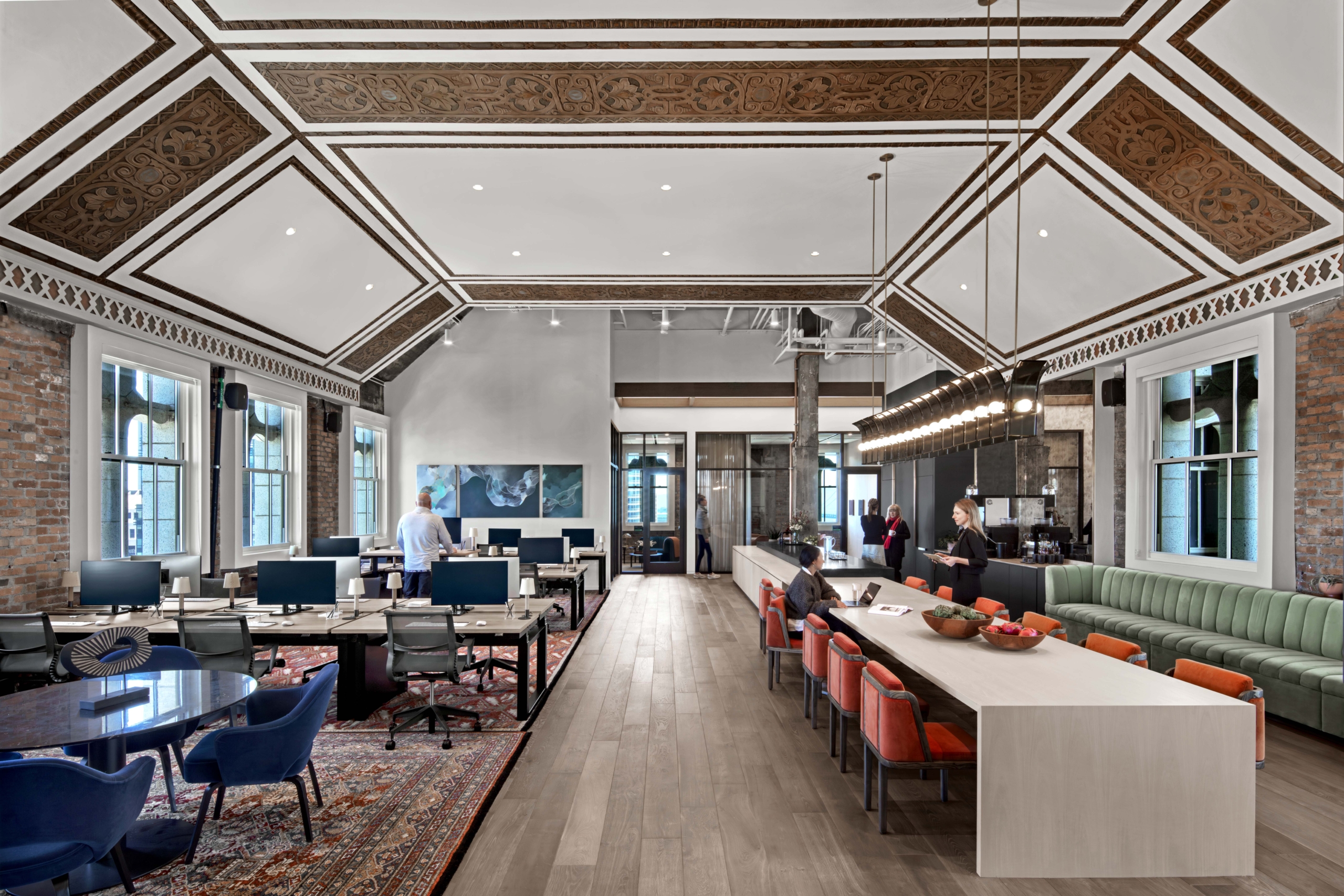McKinsey’s study, Culture for a Digital Age, said “Culture is the most significant self-reported barrier to digital effectiveness”. The business implications are clear.
“Integrity is doing the right thing, even when no one is watching.” Anonymous
Like integrity, culture is reflected not in what people say — but in how they act. For companies, this differs between departments, offices and geography.
Building a healthy corporate culture, as any relationship, is complicated. Brand strategy provides a foundation of values and signposts. It can also frame a purposeful narrative. But building organizational alignment around vision is critical (and beyond complicated).
I recently joined Rapt Studio’s leadership team — attracted by their approach to space…the ultimate experiential medium. The steps applied to successful design are remarkably similar to tackling cultural change.
Observe. Listen. Question. Understand. Connect.
What separates wallpaper from substance is the strategy behind design. Probing deeply into an organization to turn abstract ideas (such as brand and business values) into “something you can touch, see, smell, sound and feel”. Then creating real-world ways to deepen human connection.

The permanence of space make the design brief just as important as the final build. Good design starts with asking the right questions, challenging assumptions and examining the elements which make human connection work. At a minimum the result should:
- Tell an authentic story
- Instill a sense of pride and belief
- Break down silos to enable diverse collaboration and communication
Key tenets for experiential design. And being human.



